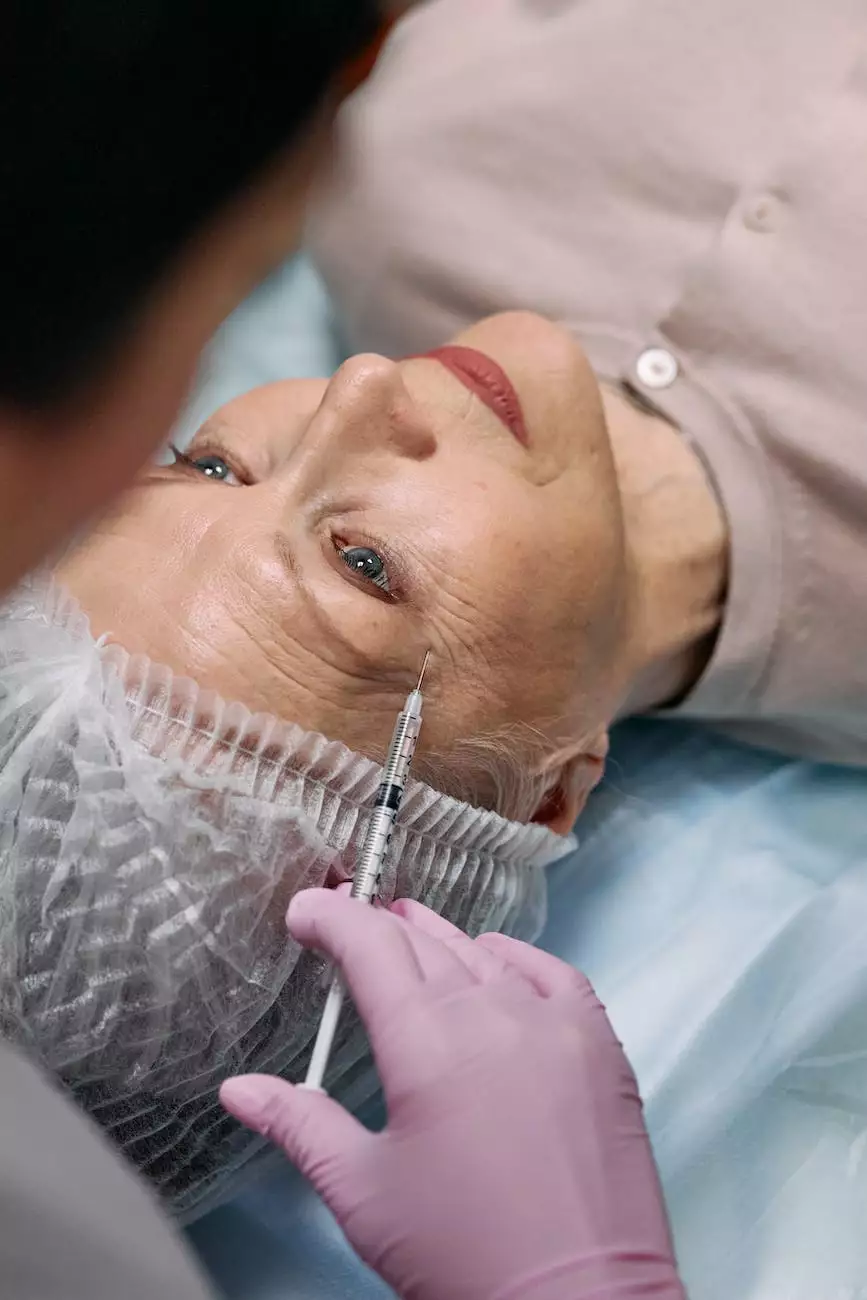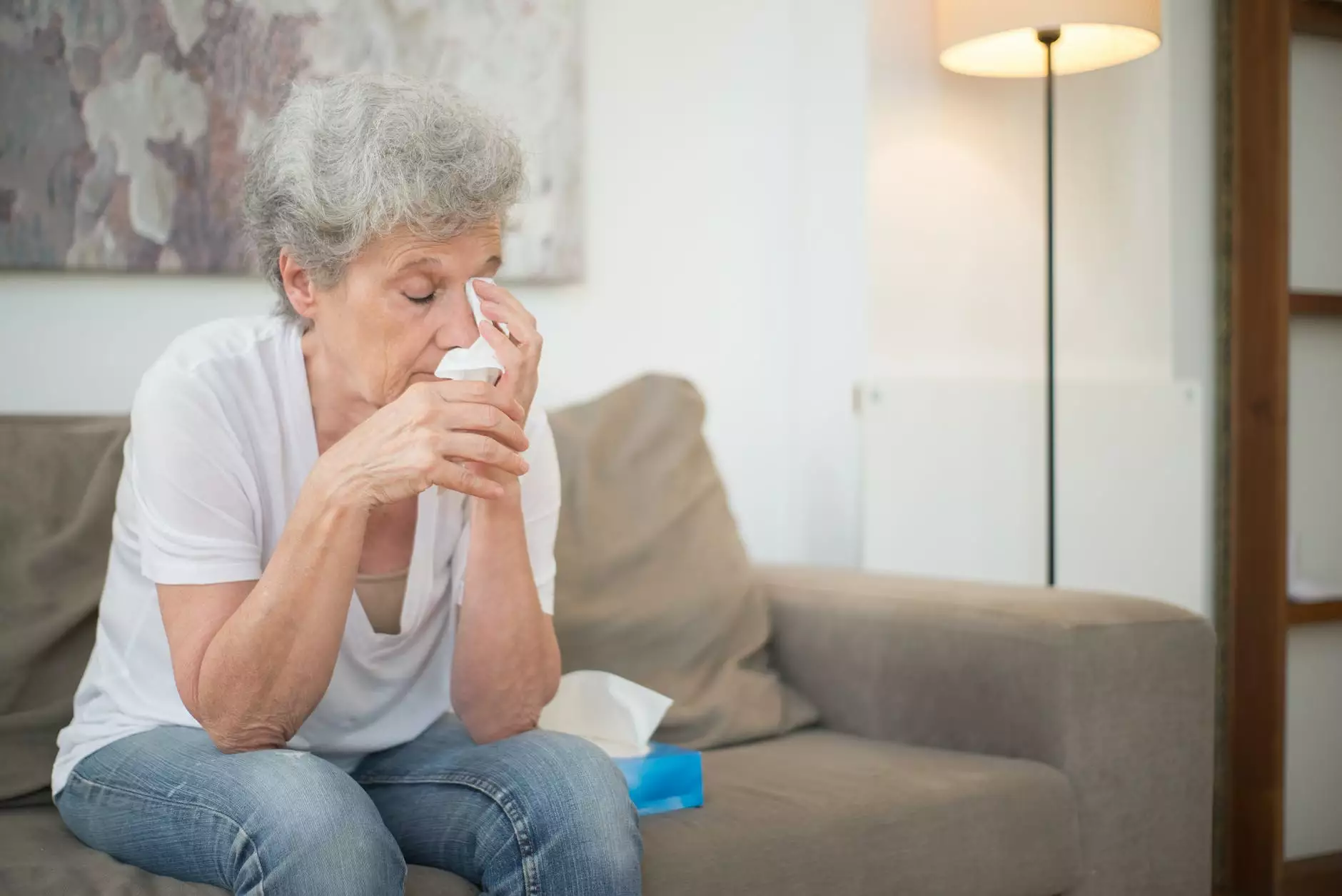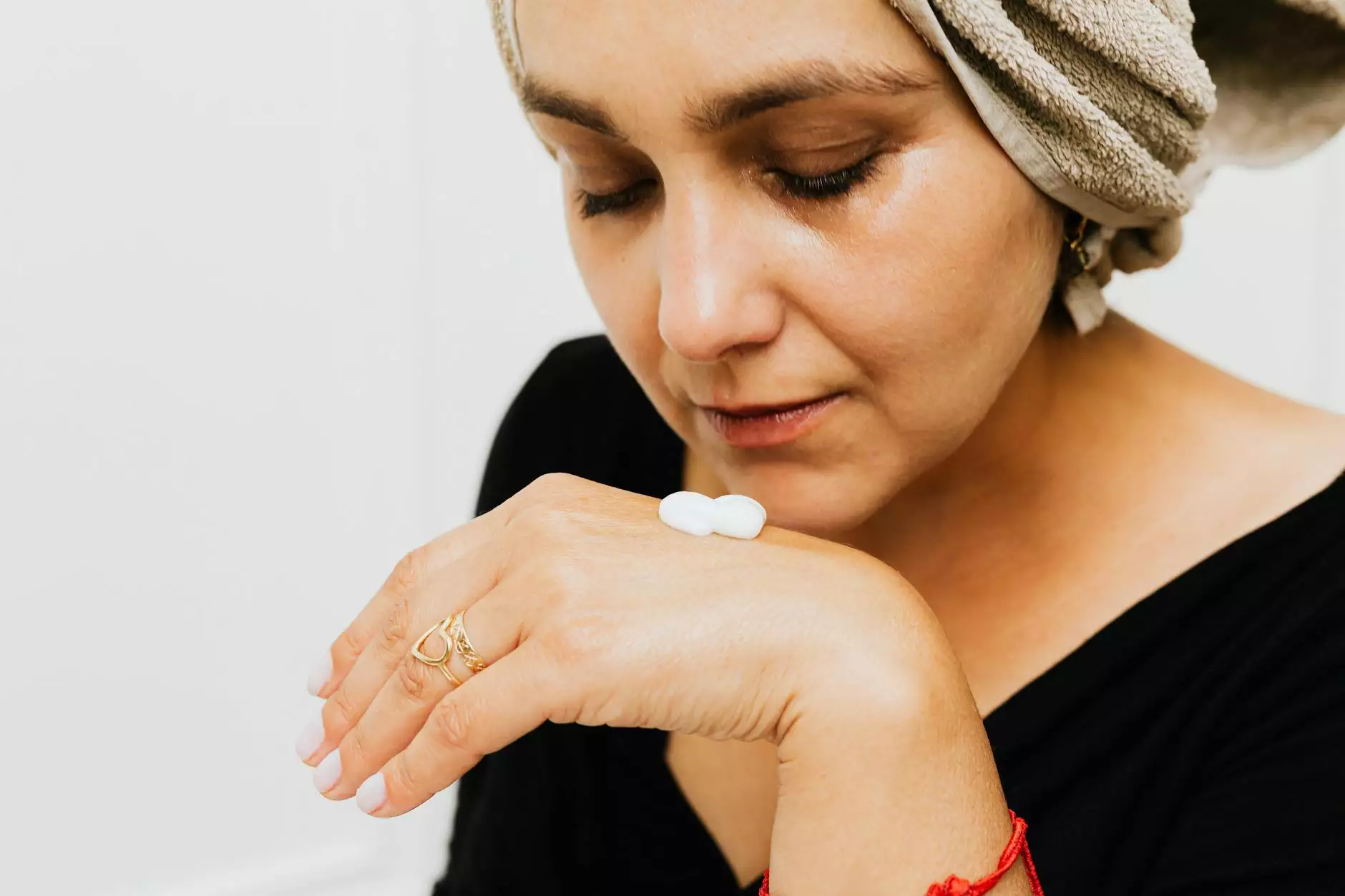How to Treat Male Pattern Baldness – Why Do Men Go Bald

The Causes of Male Pattern Baldness
Male pattern baldness, also known as androgenetic alopecia, is a common condition that affects men worldwide. It is primarily caused by a combination of genetic and hormonal factors.
Genetics play a significant role in determining the likelihood of developing male pattern baldness. If your close family members, particularly your parents or siblings, have experienced hair loss, there is a higher chance that you may also be susceptible to it.
Hormones, specifically dihydrotestosterone (DHT), play a crucial role in male pattern baldness. DHT is a byproduct of testosterone that binds to hair follicles and gradually reduces their size. Over time, this miniaturization process can lead to hair thinning and eventual hair loss.
Effective Treatments for Male Pattern Baldness
While male pattern baldness is often a natural part of the aging process and cannot be fully prevented, there are several treatments available that can slow down its progression and help promote hair regrowth.
1. Medications
One commonly prescribed medication for treating male pattern baldness is finasteride. Finasteride works by blocking the conversion of testosterone to DHT, effectively reducing the levels of DHT in the scalp. It has been shown to be effective in stopping further hair loss and promoting hair regrowth in many men. However, it should be noted that finasteride may have side effects, and it is important to consult with a medical professional before starting any medication.
2. Topical Solutions
Another popular treatment option is the use of topical solutions containing minoxidil. Minoxidil is a vasodilator that helps to increase blood flow to the scalp, promoting hair growth. It is available over-the-counter and can be applied directly to the affected areas. Regular and consistent use of minoxidil has been shown to slow down hair loss and stimulate new hair growth.
3. Hair Transplantation
For those looking for a more permanent solution, hair transplantation can be an effective option. The procedure involves transferring healthy hair follicles from other parts of the body to the balding areas. It requires the expertise of a skilled surgeon and can provide natural-looking results when done correctly.
Preventive Measures for Male Pattern Baldness
While male pattern baldness cannot always be prevented, there are certain steps that can be taken to maintain overall hair health and potentially slow down the progression of hair loss.
1. Maintain a Healthy Diet
A well-balanced diet rich in vitamins, minerals, and proteins is essential for healthy hair growth. Incorporate foods like fruits, vegetables, lean meats, and whole grains into your diet to promote optimal hair health.
2. Avoid Excessive Heat and Chemicals
Excessive use of heat styling tools, such as hair dryers and straighteners, can cause damage to hair follicles and lead to hair breakage. Similarly, harsh chemicals found in certain hair products can also contribute to hair damage. Limit the use of these items to maintain hair health.
3. Manage Stress
Stress can contribute to hair loss, so it is important to find healthy ways to manage stress levels. Engage in activities like exercise, meditation, or hobbies that can help reduce stress and promote overall well-being.
Expert Help for Male Pattern Baldness
If you are experiencing male pattern baldness, it is advisable to seek the guidance of a medical professional specializing in hair restoration. Foley James D MD is a trusted name in the field of hair restoration, offering expert advice and innovative solutions to address the unique needs of each individual.
Don't let male pattern baldness affect your self-confidence. With the right treatments and preventive measures, you can effectively manage hair loss and promote healthy hair growth.




